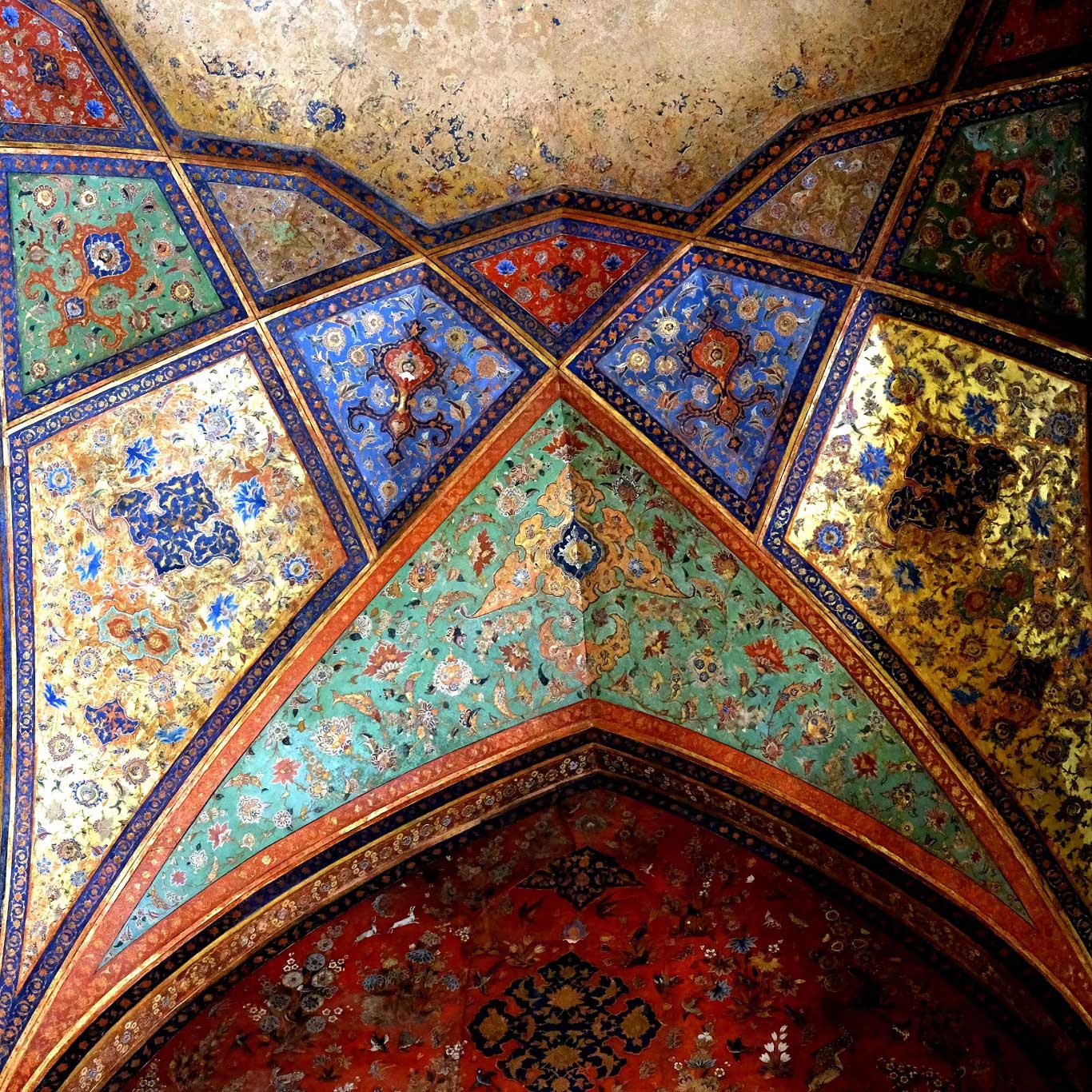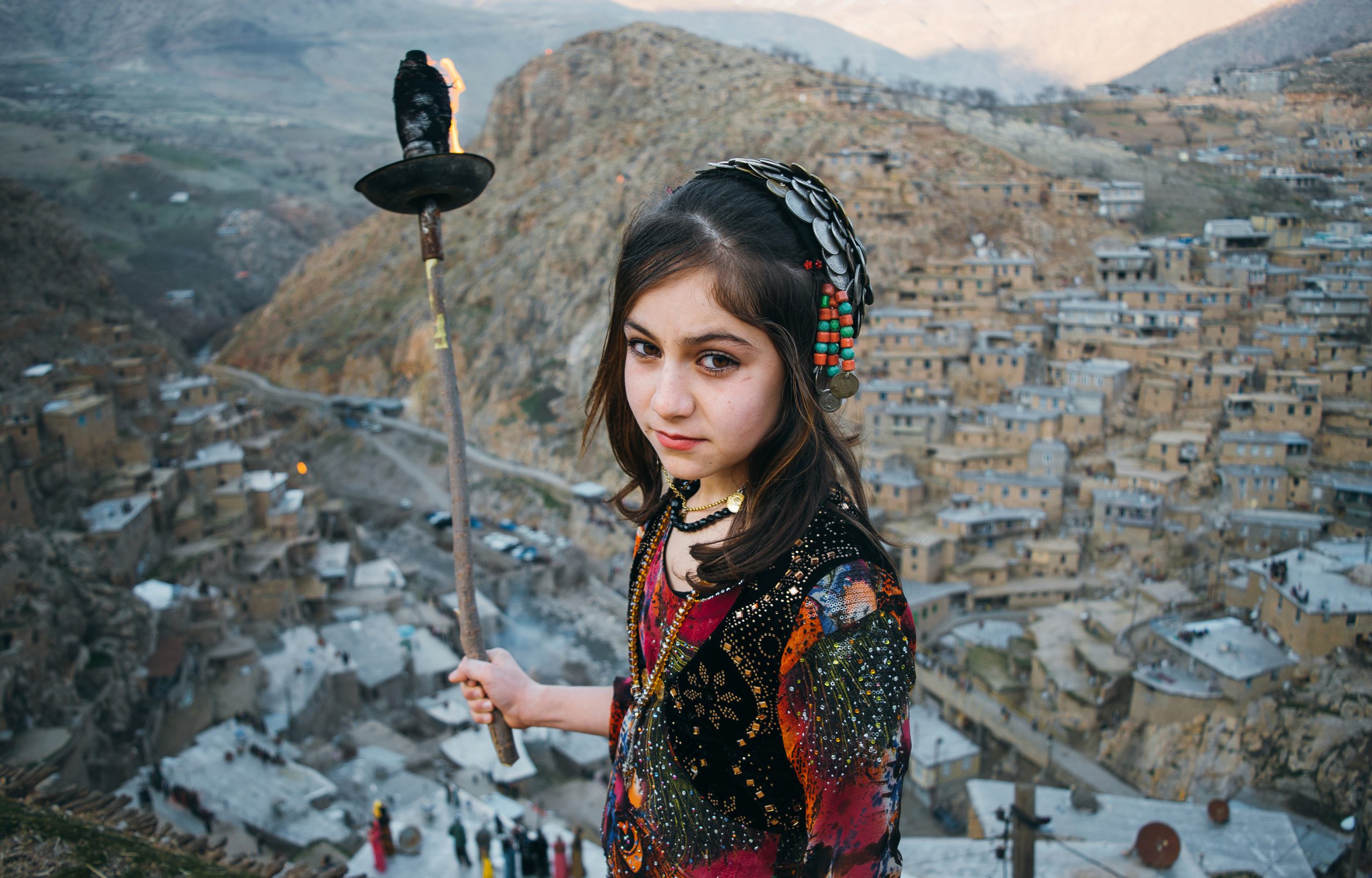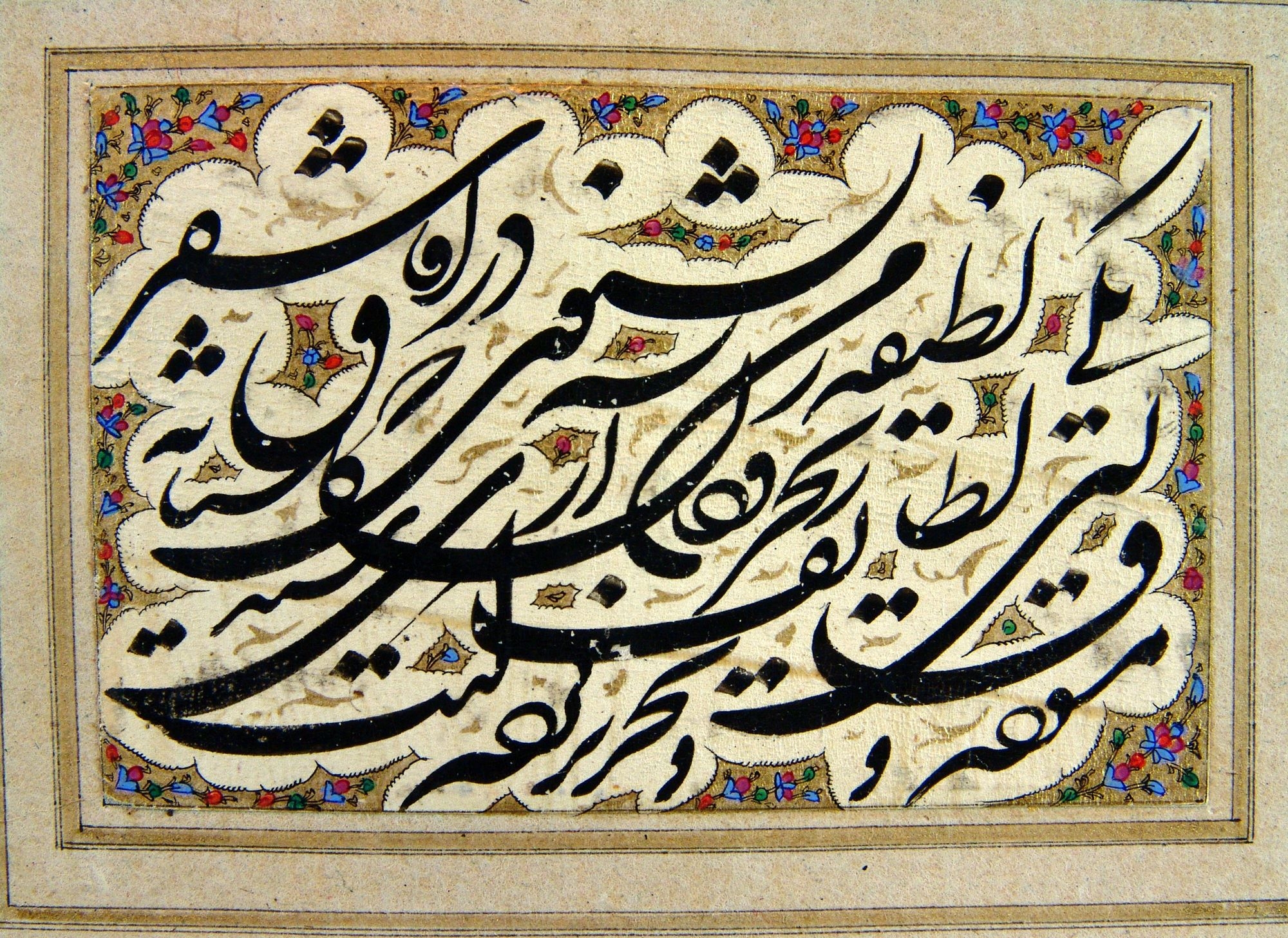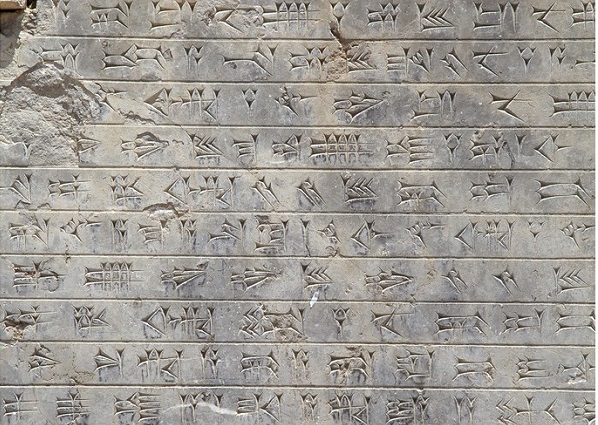
Ancient Persian: TOP Historical Inscriptions in Iran
Inscriptions are letters sculpted on small or big stone pieces to communicate with people in different historical ages. Lots of information can be taken from the inscriptions. Inscriptions can transfer information on the actual borders of a kingdom, the number of a nation’s soldiers, ancient society’s beliefs and rituals, etc. Therefore, Inscriptions in Iran sometimes function as pages of an Iranian history book, written elegantly by a king, himself.
Contents

Ancient Persian Landmarks – Inscriptions in Iran
The ancient inscriptions in Iran were usually sculpted on a mountain wall beside a fountain by order of a king, or his commanders. Ancient Iran inscriptions mostly belong to Achaemenids. There are also some inscriptions in Iran that belong to post-Islamic ages. During these ages, Persian inscriptions changed from time to time by means of form and context. This fact is a natural result of the difference among different kingdoms, their religions, and their customs.

Ancient Persian Landmarks – Persian Achaemenid Inscriptions
Achaemenid Iranian inscriptions mostly belong to Darius the great. In most of the inscriptions ordered by him, he starts the script by referring to Ahura Mazda (The Zoroastrians God) and praises him at first. Then he mentions that his power and kingdom is a gift of God and Iran and its kings are under Ahura Mazda’s protection. The most popular historical inscriptions in Iran from Darius the great are:
- Bisotun Inscription (It’s Darius the great’s most important inscription in Bisotun, in which how Darius the great came to power and defeated the rebels are mentioned);
- Persepolis Inscriptions (7 inscriptions introducing Darius the great, Ahura Mazda, Iranian people, and kingdom territories);
- Naqsh-e Rostam Inscriptions (Two big inscriptions and some small ones, introducing Darius the great, his royals, and other nations);
- Shush (Susa) Inscriptions (19 Inscriptions from Darius the great, including: Ahura Mazda’s Praise, introducing Darius, lands under his leadership, Darius the great’s ruling methods, Susa castle construction order, and prayers for his people);
- Alvand Inscription (In the western south part of Hamadan, there is an inscription in 20 lines with information about Darius the great, and the praise of Ahura Mazda).
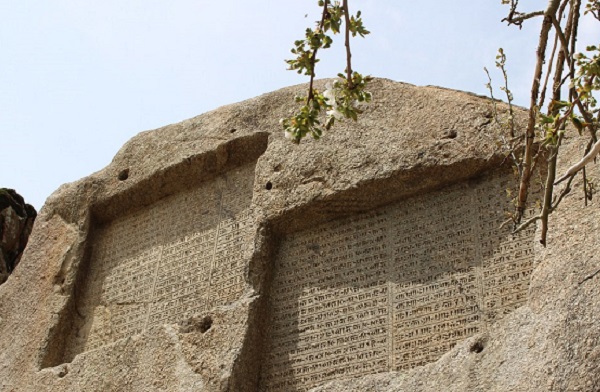
More about Iran Achaemenid Inscriptions
There are also some other inscriptions from other Achaemenid kings. The Great Cyrus Cylinder (Cyrus the great’s charter of human rights) is an important example. This cylinder is one of the most popular Iranian inscriptions. In this Iran inscription, Cyrus the great introduces himself and his dynasty, and then he mentions that Babylon is conquered by the help and will of Marduk (the Babylonian God). This way he respects Babylonians and their God. In further lines he mentions that he has brought freedom and peace to Babylon and other nations. Then otters that he has returned all the gods to the temples they belong to, for their worshippers. Many experts consider Cyrus Cylinder as the first charter of human rights. In 1971 A.C, the UN translated this Persian inscription to 6 languages.
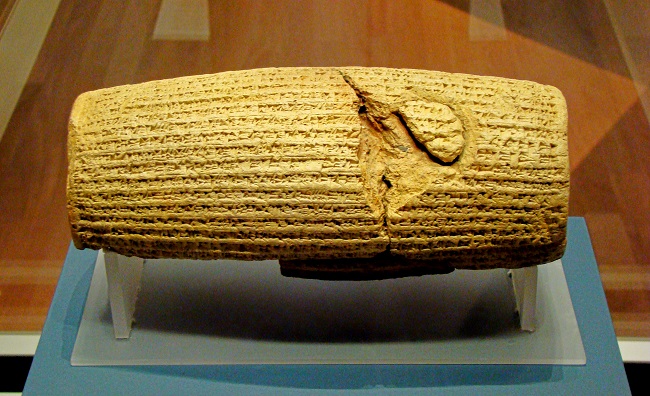
Post-Islamic Inscriptions in Iran
Post-Islamic inscriptions in Iran are those which were created after the arrival of Islam in Iran. These inscriptions are sculpted in different mosques, holy shrines, tombs, schools, mansions and other historical landmarks. Islamic Inscriptions in Iran are written with calligraphic art. Kufi, Sols, Naskh, Nastaliq, and other methods of Persian or Arabic calligraphy is observable in these inscriptions. Post-Islamic historical inscriptions in Iran mostly include Quran holy verses, Quotations from saints, poetry, materials of history, the date of a building’s construction, its architect and so on.
The growth of inscription writing in post-Islamic Iran was so significant. After a while, almost every single grave headstone turned into an inscription. It is hard to count all the Islamic inscriptions in Iran. There are lots of Islamic inscriptions, even in many not-too-old historical city. In some of these Persian inscriptions, mystical poems and Quran verses are written in a calligraphic style in harmony with the meaning behind their forms. The tomb of many great Iranian mystics and poets are decorated with their own poems. There are also inscriptions in holy shrines around Iran, sculpted with poems about the Islamic saints that are resting in peace. Sometimes these inscriptions are also decorated with mystical images including the visions of a saint. In conclusion, post-Islamic inscriptions are so engaged with spiritual thoughts and behavior of Iranian people.
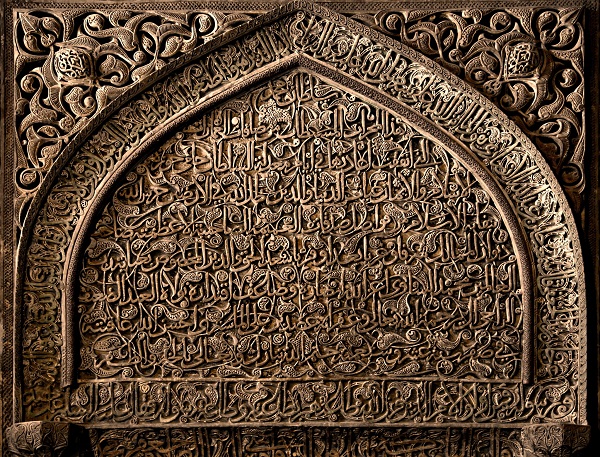
Keywords: ancient Persian numbers, Achaemenid inscriptions




